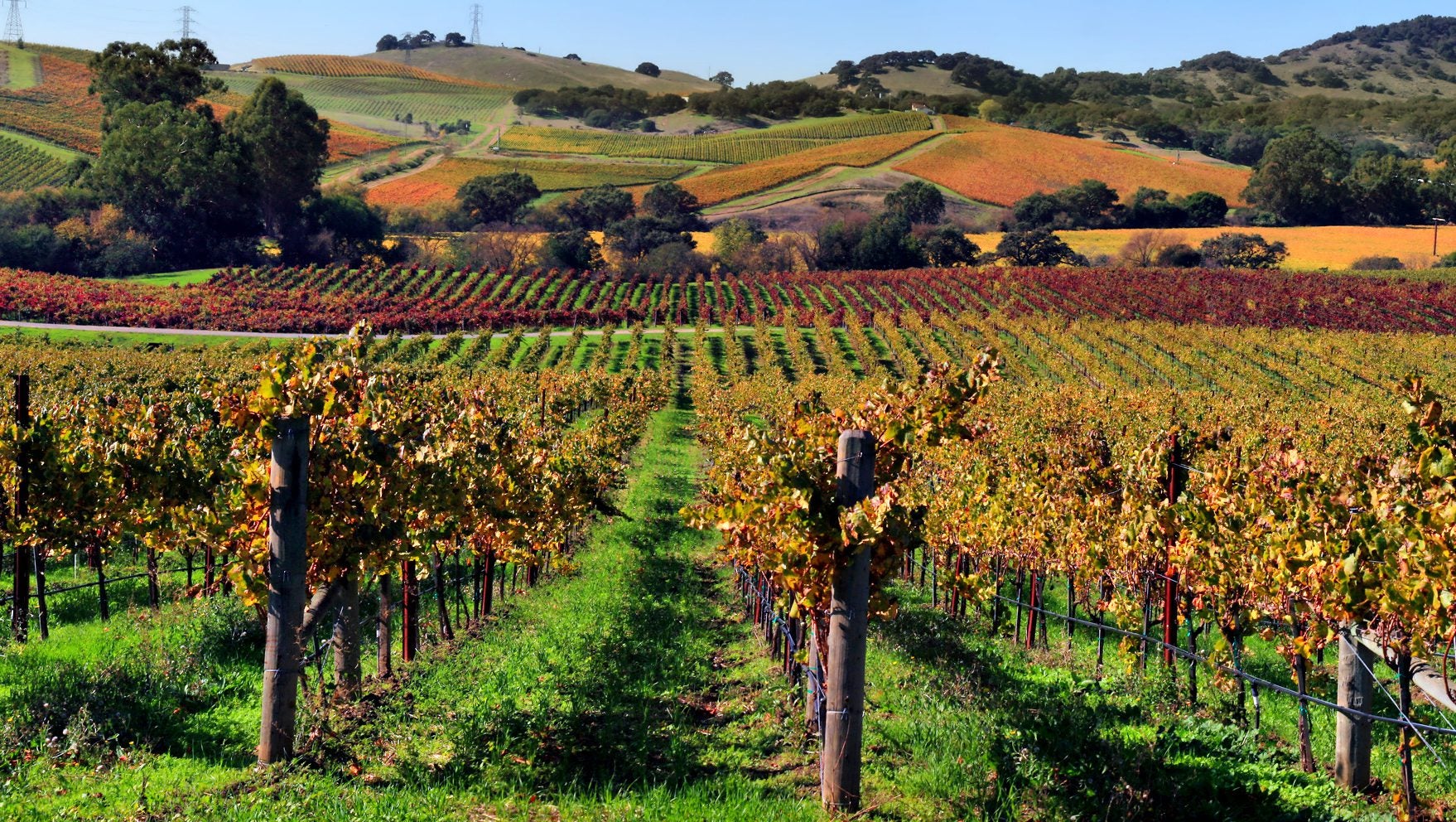There’s really no reason not to be drinking organic wine
People are often willing to pay more for organic meat and produce, expecting higher quality products and a smaller impact on the environment. Wine is a different story. Wine lovers tend to be suspicious of organic offerings, but a new study shows they might be missing out on some high quality quaffs.


People are often willing to pay more for organic meat and produce, expecting higher quality products and a smaller impact on the environment. Wine is a different story. Wine lovers tend to be suspicious of organic offerings, but a new study shows they might be missing out on some high quality quaffs.
The study, published online Aug. 2 in the American Journal of Wine Economics, used professional ratings of more than 70,000 Californian wines to determine if there was a quality difference between wines produced under environmentally-friendly conditions and those using grapes grown with conventional pesticides and fertilizers. For red wines, an eco-friendly certification from the USDA or the Demeter Association resulted in an average rating bump of 5.6 points.
The numbers came from 11 years of wine ratings from Wine Spectator, Wine Enthusiast, and Wine Advocate. These magazines all use blind testing to rate wines on a 100-point scale, and their ratings are widely respected by consumers.
But even with a favorable rating, eco-friendly wines have a bad reputation with many wine shoppers. “There’s a negative perception of organic wine,” says Magali Delmas, an economist at the University of California, Los Angeles, and one of the authors of the study.
True organic wines, certified by the USDA, are probably just as bad as wine enthusiasts think they are, she says. USDA-organic wines don’t contain sulfites, an important additive that helps stabilize wine and stop spoilage. But wines that are produced with USDA-organic grapes are allowed to contain sulfites, and are therefore more shelf-stable. “These two labels are completely different,” says Delmas, and that distinction is lost on consumers.
Wine producers are increasingly using environmentally friendly practices, such as organic grape-growing and biodynamics—and not advertising that on their labels. Wineries don’t want their product relegated to a corner and ignored by customers, so “only one-third of wineries who have adopted certification put it on their label,” Delmas says.
Grape growers are switching to organic production and biodynamic techniques (pdf), including forgoing synthetic pesticides and fertilizers, conserving water, and even setting aside land for biodiversity. Growers who make the switch argue their fruit have stronger terroir, or the place-specific characteristics of soil, water, and climate that can impact flavor.
Grapes produced organically require a lot of labor, because every weed and bug must be removed by hand. But wineries end up with “better grapes to work with,” Delmas says. Switching to organic grapes can raise overall vineyard production costs by as much as 15% for the first few years, but eventually the costs even out. Meanwhile, that additional early investment and labor translates to a permanent 13% price increase—as long as the wine isn’t labeled as organic.
“There’s this disconnect between what people in the industry think and what the customer perceives,” Delmas says.